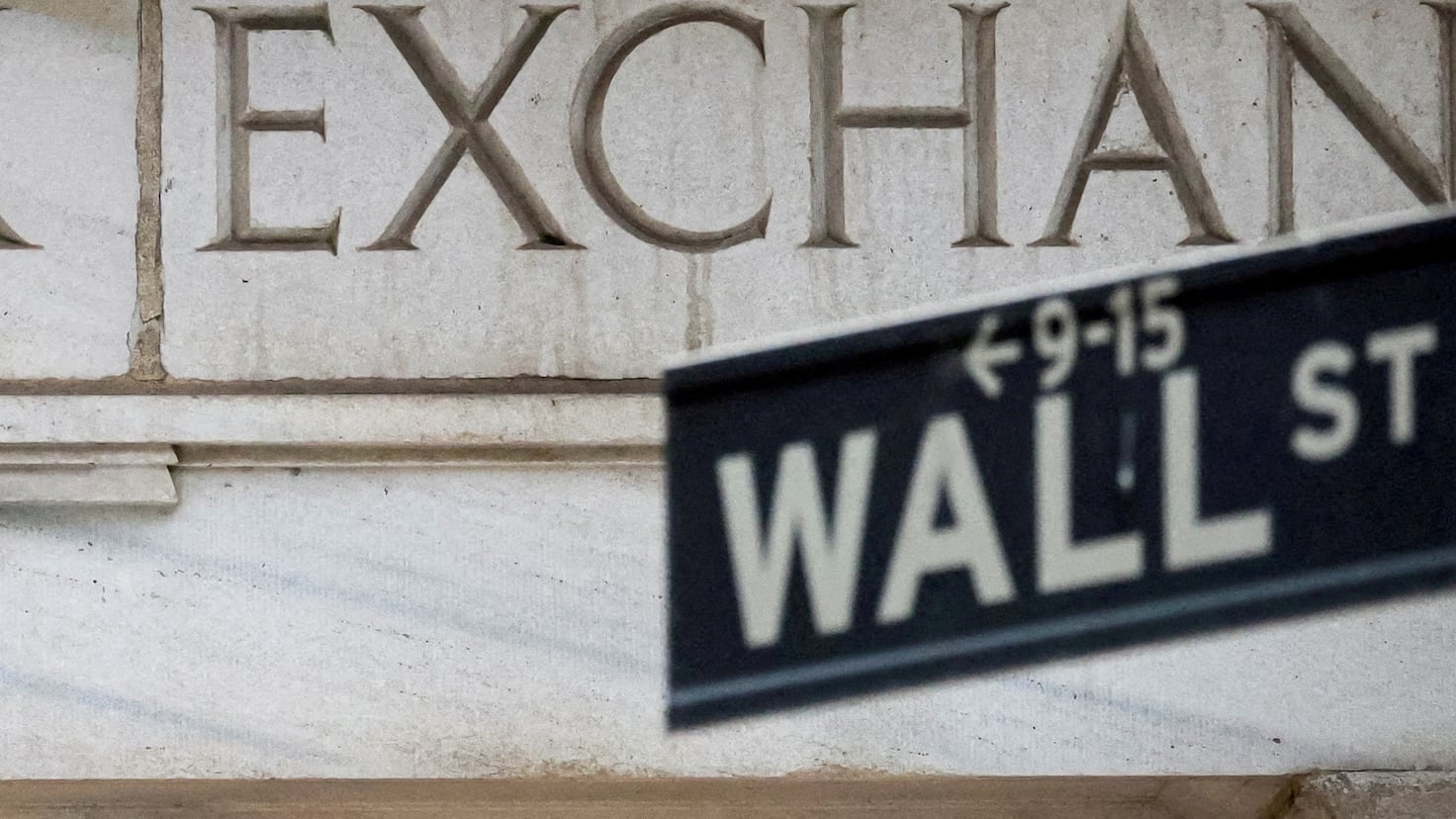Nine days of decline in the Dow Jones Industrial Average has not been recorded since Jimmy Carter was in the White House, nearly a half century ago.
Since December 4, 2024, when the Dow hit a record high of 45,014.04, the index has fallen by around three percent—steadily losing a bit of value each day. The consistent downward pressure on the thirty stocks included in the Dow Jones, which represent some of the largest companies in the country—such as Coca-Cola, Apple, and Boeing—creates an unusual trading atmosphere on Wall Street.
Investors are accustomed to seeing sudden drops in stock values rather than a more gradual decline. For instance, after Japanese markets suffered one of their worst days of trading in early August, the Dow lost 2.6 percent of its value between Friday, August 2, and Monday, August 5. Yet, by the end of the month, the Dow was doing better than ever. The value of the index continued to climb in the fall, propelled by news from the Federal Reserve that the central bank would begin to cut rates. Nevertheless, markets were not quick to respond positively to the news of further cuts that came this afternoon.
How does the Dow Jones compare to other indices?
In contrast to the Dow, the two other major indices that inform investors about the health of the stock market, the Nasdaq Composite and the S&P 500, are both in the green if we compare their values today with those recorded a month ago. Nevertheless, the S&P500’s value remains lower today than on December 4, and both indices saw sharp falls on Wednesday afternoon.
What is driving down the Dow?
There are several compounding factors that are stressing the markets and those who run them on Wall Street.
Firstly, the election of Donald Trump, which initially sent markets soaring, has since raised concerns, particularly among companies that rely on cheap imports and undocumented labor. Since the President-elect began announcing his cabinet and making it clear that he intends to impose high tariffs on some of the US’ largest trading partners and deport millions of undocumented workers, investors have become more cautious.
The impact of Donald Trump’s proposed agenda
High tariffs could easily slow consumer spending, and mass deportations would debilitate the country’s supply chains as many industries rely heavily on undocumented labor as they can exploit their vulnerable immigration status and offer lower wages.
Corporations have already begun warning that if tariffs as high as 25 percent are imposed on China, Canada, and Mexico, they will be required to pass along costs to consumers. A tariff is a tax placed on an imported good, meaning that the government’s coffers would grow as purchasing power for consumers would fall.
Though there are ways the government could use that revenue to grow the economy, that would likely take time, meaning that at least in the short-run, tariffs would take a toll on economic growth, which is reflected in the Dow’s drop in value over the last two weeks. At a human level, since a sales tax, which mirrors many of the qualities of a tariff, is regressive, meaning the same rate is paid by shoppers of all incomes, it will have the most devastating impact on poor households.
The US Bureau of Labor Statistics reported earlier this year that in 2023, around 18.6 percent of the country’s labor force, representing around 29.1 million workers, were foreign-born. The BLS survey does not indicate the proportion of that total that is undocumented; the Center for Migration Studies of New York estimates the figure to be around 8.3 million, or 5.2 percent. Taking these workers out of the economy would have dramatic effects, particularly in such a tight labor market, where companies would need to vastly increase wages to entice workers into these roles.
The impact of the killing of CEO Brian Thompson on the Dow
UnitedHealth Group is one of the stocks that form part of the Dow. The healthcare conglomerate, which took in over $22 billion in profits in 2023, has seen its stock price fall by 15 percent over the last week. The Group is the parent company of UnitedHealthCare, which saw its CEO killed on the streets of New York City in early December. The shooting of Brian Thompson has shaken the corporate world. Concerns that Thompson’s death could prompt healthcare reform—which may negatively affect the profitability of companies benefiting from the current system—have also contributed to the Dow’s downturn.
The Dow which tracks the value of the US’ largest companies has fallen for over a week. Here’s what helps to explain the downturn.
Get your game on! Whether you’re into NFL touchdowns, NBA buzzer-beaters, world-class soccer goals, or MLB home runs, our app has it all. Dive into live coverage, expert insights, breaking news, exclusive videos, and more – plus, stay updated on the latest in current affairs and entertainment. Download now for all-access coverage, right at your fingertips – anytime, anywhere.



